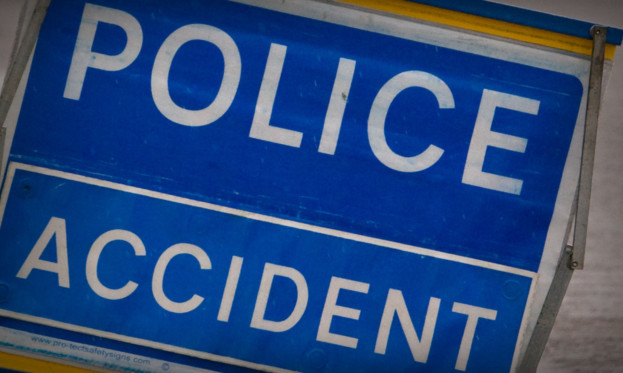The number of people killed or injured as a result of road accidents in Tayside and Fife is at a five-year low.
New figures released by the Department for Transport show the total number of casualties has dropped by more than a quarter since 2009 from 1,938 to 1,395.
Meanwhile, the same report revealed that Perth and Kinross which is home to the A9, one of Scotland’s most dangerous roads has consistently remained an accident hotspot.
Although the number of fatalities dropped from 19 in 2010 to 11 last year, it has still seen more deadly collisions than any other local authority area in Tayside and Fife. More casualties also suffer injuries as a result of incidents in Fife than anywhere else.
Latest figures show that almost 540 people were slightly or severely injured following a collision in that area.
In Perth and Kinross, a total of 386 people were injured, while Dundee and Angus saw 217 and 226 casualties respectively.
While the total number of road casualties in Tayside and Fife has continued to fall, concerns have still been raised about the lack of progress in improving safety over the last three years.
Ed Morrow, campaigns officer, for Brake, the road safety charity, outlined the steps he believes should be taken as a matter of urgency.
He said: “Road casualties in the Tayside area, as across the UK overall, are slowly falling but they are not falling nearly fast enough.
“Since 2010, progress has stalled. At this rate, it will be many more decades before we reach the only acceptable number of casualties on our road, and that number is zero.
“The Government needs to take far more proactive action to drive casualties down faster, including a zero-tolerance drink-drive limit, a 20mph default urban speed limit and graduated driver licensing to tackle young driver crashes.”
Transport Scotland gave assurances that it would continue to work with partners to make roads safer, saying “every life lost is one too many”.
A spokesman added: “We have achieved a lot, but there is still much to do, particularly in respect of safety issues for vulnerable road users.”
